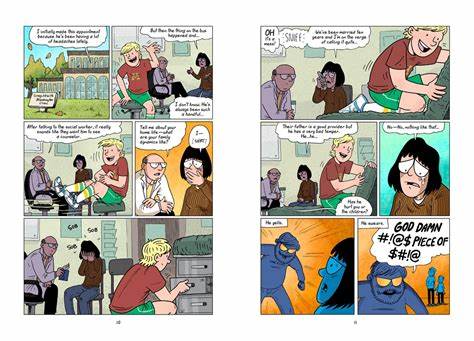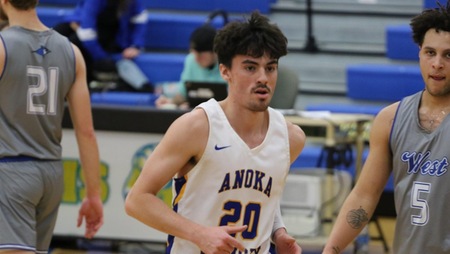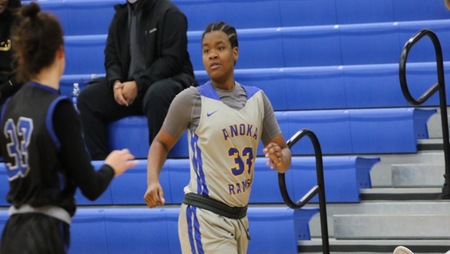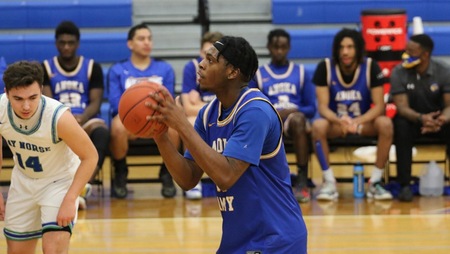Lack of contact with classmates, teachers makes problems harder to resolve
By Marisa Sorenson
Campus Eye online editor
Snow, ice, and school cancellations: the life of a Minnesota student. Did you know that there are a different group of students; ones that don’t have to deal with snow, ice, or even driving to school? These are the qualities of online students.
Online students face different benefits and challenges as part of their online learning.
Vanessa Herranz, an online student in her last semester at Anoka-Ramsey, says that the biggest challenge for her is the lack of face-to-face communication.
“Sometimes it is just easier to talk to the teacher face to face than on a discussion board because I may not be able to articulate what I have a question about,” she said.
“ Yes, there are office hours, but I may not be able to meet the teacher during the available hours or be able to make an appointment properly.”
On the other hand, she adds that she likes being able to take some time to think about what she wants to say and making sure she has the correct information before posting a message on the discussion board. In a seated class, she says, she would not be able to do that, and would participate less in a class discussion than an online discussion.
Kyle Edgren, another online student, says there are pros and cons to taking an online course. He feels that one of the pros is that people are more likely to speak their minds, and that is not something often seen in a classroom setting. The disadvantage to this benefit is that an online student needs a computer and will sometimes spend long periods staring at a bright screen. Another challenge for Edgren is that he doesn’t get to practice actual face-to-face conversation, which he feels is important at times.
Anoka-Ramsey teachers agree with those students’ evaluations. Kendra Miller, a professor in the Psychology Department, said in her time teaching online, she has learned that it can be difficult to know if students are struggling to understand the material because there are no visual or vocal cues.
The only way she knows if a student is struggling about something is if they contact her.
Another thing she finds challenging is making interaction between online students meaningful. This is true for many of the online students who sometimes feel as if they are missing out on the interaction in the classroom that they are accustomed to.
English professor Melody Heide, agrees that the biggest difficulty when teaching online is not knowing how well students understand the material.
Heide said in a seated class students have the opportunity of sticking around after class for a personal session, or asking questions during class.
Kim Lynch, dean of Innovative Teaching and Learning, says more than a third of Anoka-Ramsey’s student population–39.5 percent–is enrolled in at least one online class this semester.
“When a student has a negative experience in an on-ground class, I hear that student talk about a ‘terrible class’ or a ‘terrible teacher.’ When a student has a negative experience online, I hear that student generalize that (all) online classes are terrible,” she said.
She said online classes are all different, like seated classes, and that some are fantastic while others may not be.
Online courses provide flexibility and challenge students to expand their thinking. Online students can feel very isolated, but they have the opportunity to realize that they are not alone in this and that it is possible to do well in a virtual environment.







